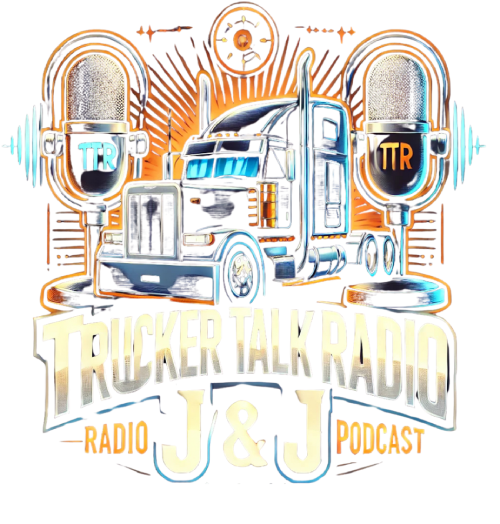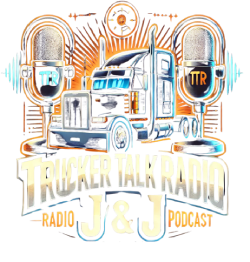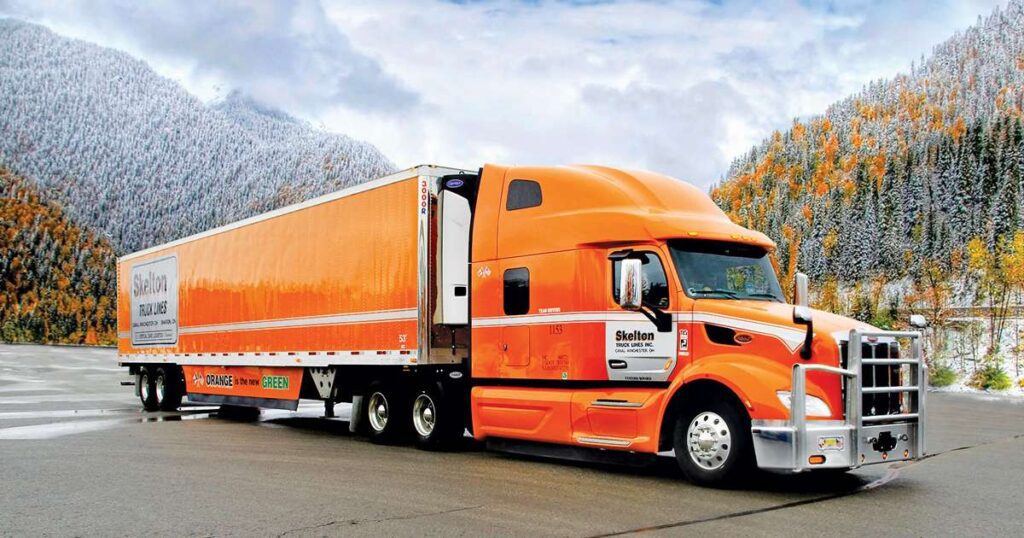Insurance Costs Rising
Post-COVID, the cost of insurance has consistently risen due to high inflation, increased labor and equipment expenses, and larger settlements. In response, fleets are focusing on safety technology investments, adjusting coverage, and assuming more risk.
Proactive Risk Management
Michael Lasko, Vice President of EHS and Quality for Skelton Truck Lines and Boyle Transportation, stated, “I aim to make it hard for insurers to justify a rate hike. This strategy requires significant investments in risk management to demonstrate tangible improvements.”
Insurance Rate Trends
Adam Barnett, Chief Underwriting Officer for HDVI, mentioned that rates have been incrementally increasing for years, often by 5% to 15%. He noted that while some fleets see smaller rises, others face much larger increases.
Impact of Technology on Pricing
Lisa Paul, Transportation Practice Leader at Hub International, observed that carriers using technology to boost safety often receive better pricing. “Underwriters are inclined to favor fleets that provide clear telematics data showing improved performances,” she explained.
Challenges Affecting Costs
Even fleets with superior safety records are seeing higher costs due to lawsuit abuses, mounting claims costs, and insurers’ financial troubles. For example, Boyle Transportation’s average claim cost has surged from under $1,500 to over $6,000, despite consistent accident frequency.
Alternative Insurance Strategies
To mitigate rising insurance costs, some fleets, like Leonard’s Express, have joined insurance captives to shift risk management strategies. This model allows for more experience-based rather than market-based pricing, offering an alternative to the tumultuous insurance landscape.
Future Outlook
As insurance costs continue to grow, especially for innovative vehicle types, fleets are adjusting by taking on higher deductibles and lower limits. Many carriers are left with no choice but to embrace these strategies to manage costs while maintaining operational viability.


